How to develop a product-market fit?
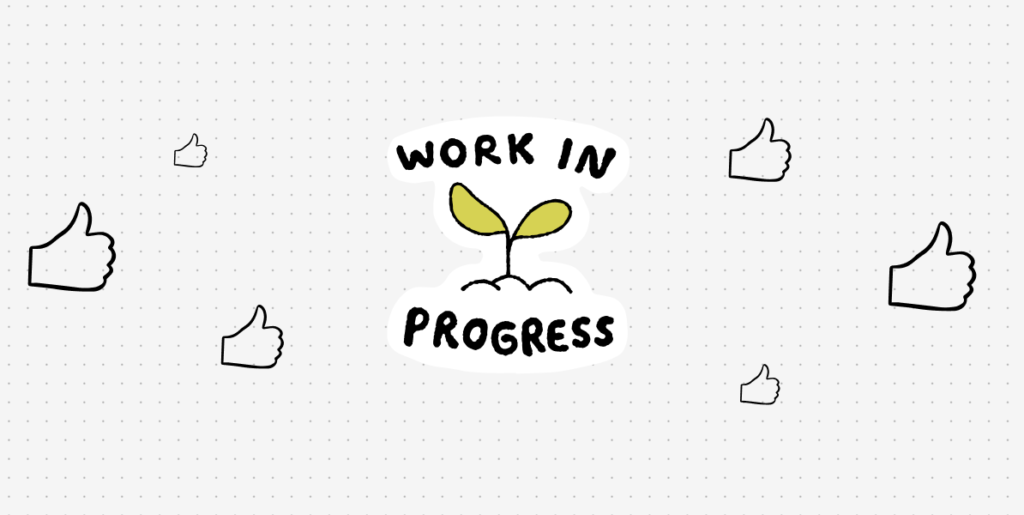
Product-market fit is not forever. Developing a product is a process of actively identifying a group of people, a specific customer type and understanding the high cost problems they’re struggling with. Their only job is providing the customer with a product that justifies itself due to the irksome nature of the original problem.
Product-market fit is a consistent business process, where the finding happens in iterations, and the keeping happens by actively understanding what exactly happened and why.
As people can grow apart over time, so can a market stop needing a product. Society is not a fixed thing, paradigms happen and disappear fast in the age of AI. We’re always at the mercy of the thinking of the masses.
If a product-market fit can occur when market conditions are right, it can also un-occur as the market changes. What the customers were struggling with today might be gone tomorrow — as closely related solutions are adapted, behaviours or habits preferring different routes or — just outworked by competitors more in touch with their target market.
Stages of making people fall in love with your product
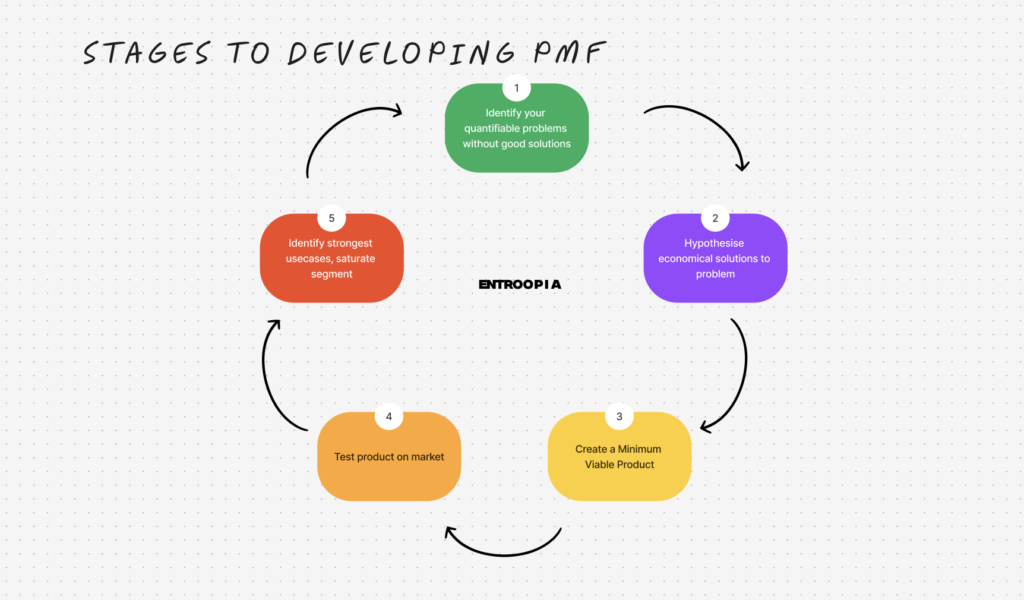
Much about love is mythologised — offering great stories about a deep abyss and never ending fountain of feelings. Drowning, flying, falling, burning. Possession. PMF is treated in a similar manner — as something divine and mysterious and unreachable for the majority of seekers.
Andreessen Horowitz’ blog might talk about how amazing it should feel and that if you really got it right, the president should come calling and people start clapping as the login page opens — a real Hollywood movie scene.
Mythologising the whole experience beyond comprehension for regular business people like you and me, who didn’t create payment solutions in the early 00s.
Similarities between love and product-market fit are uncanny. Without a doubt a startup can process their way into a PMF as much as you can do that with the whole dating market. There was even story of a lady keeping a spreadsheet on all her dates. Always having the first date in a controlled environment to eliminate secondary factors that would result in manipulating her like or dislike.
Finding a PMF is kind of like that. Get stuck on one particular idea or a person without reciprocation and you’re positively fooling yourself into deep delusion. You can’t control your way into a product-market fit, the same way you can’t force someone to love you or behave in ways you want them to.
Identifying the right problems
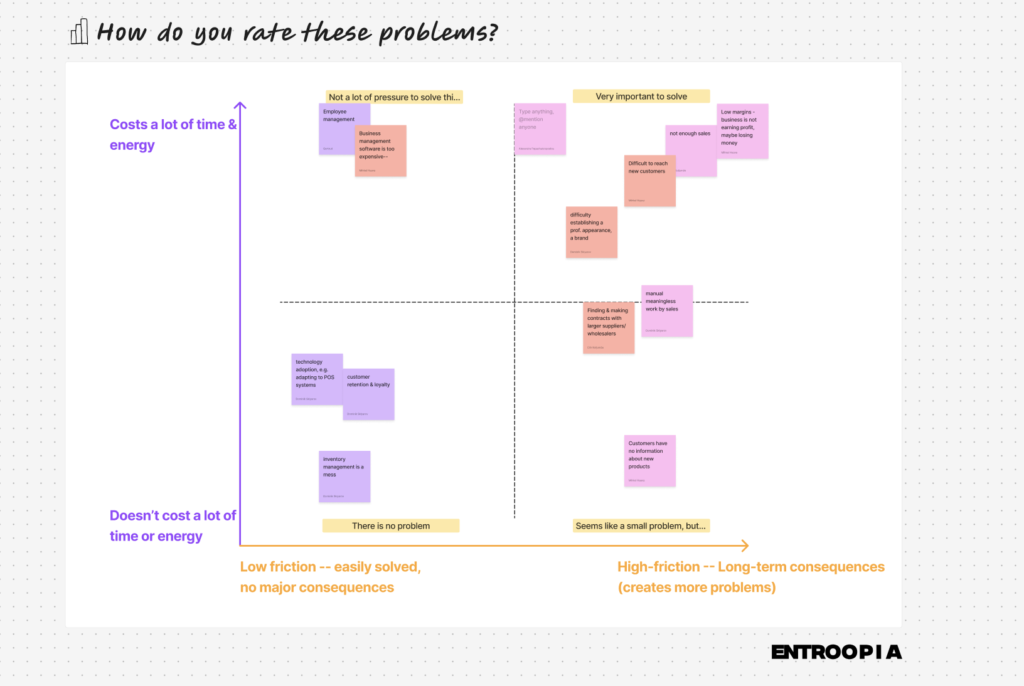
The first thing every founder starts with is an idea. At least a gut feeling about a particular opportunity in a market. The idea is rarely fully developed — more like a bucket full of assumptions. The problems will be general and unconditioned because they will be observational. Made in like, another galaxy and looked through an amateur telescope. Developing the skills to recognise and understand the core of business problems will allow the founder to suggest good solutions and contribute to making smart decisions.
This part of developing the product is an holistic experience — the founder listening and analysing sans the attitude. Figuring out what makes people tick, what makes them sad and what makes them happy. As if you’re on a quest of finding your lovers’ language of affection. Turning your bucket of assumptions over — spilling and throwing out the rocks. Keeping the shrimp.
During an elimination process the inconsistent observations will either get reframed or thrown overboard. Lots of problems will turn out to be either unquantifiable (the customer can’t tell how much its costing for them), solved with analog methods that the market isn’t ready to replace (creating a new set of problems if done so) or the customer might not even be aware of something being a problem.
Leaving you only with a few shrimp to make a cocktail — but hopefully some pretty fat ones. Those are the problems that make the most sense to start thinking for a solution.
It’s easy to start thinking about solutions when you got the core problems down. It allows a founder to focus fiercely on the things that will make economically sense.
The validation
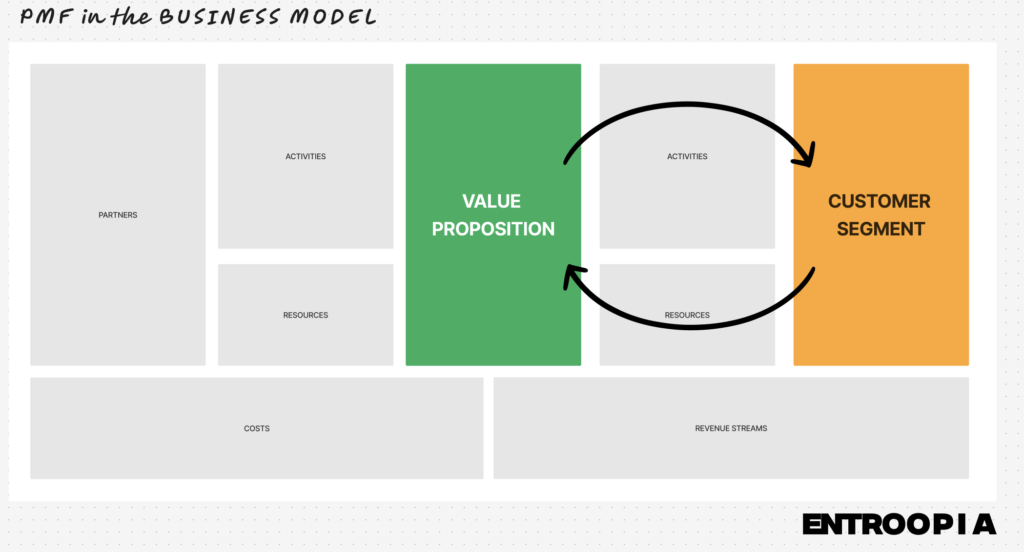
Any validation starts from talking to people. By respecting the process, the investigator gains a realistic footing in the market behaviour and reasoning.
Perspective is the most powerful tool anyone has. Releasing the mind from prejudices and the planned outcome — trying to understand how someone else is experiencing the world. By understanding what are their social dynamics and daily wants and needs, its possible to assimilate a level of empathy.
Finding a PMF is an humbling experience where reality is the only thing of value that a founder should be chasing after. Validation of a problem, then validation of a solution and finally — validation of the product.
Taking this approach in the earliest stages of a venture can be slow, frustrating and completely deteriorating to a founder’s enthusiasm. But — it will save the company from suffering of capital being lost, unsuccessful sales motions and the eventual collapse of the business. Doing the due diligence is the precursor for finding a product-market fit.
Marrying the wrong person will be a detriment to any psyche. People will pressure themselves to stay in a relationship that is not right for them because they might be tired of looking. But as every company has a limited runway, so does a life. Wasting your time on someone giving you bad time is unforgivable when considering the shortness of one’s life.
The Minimum Viable Product
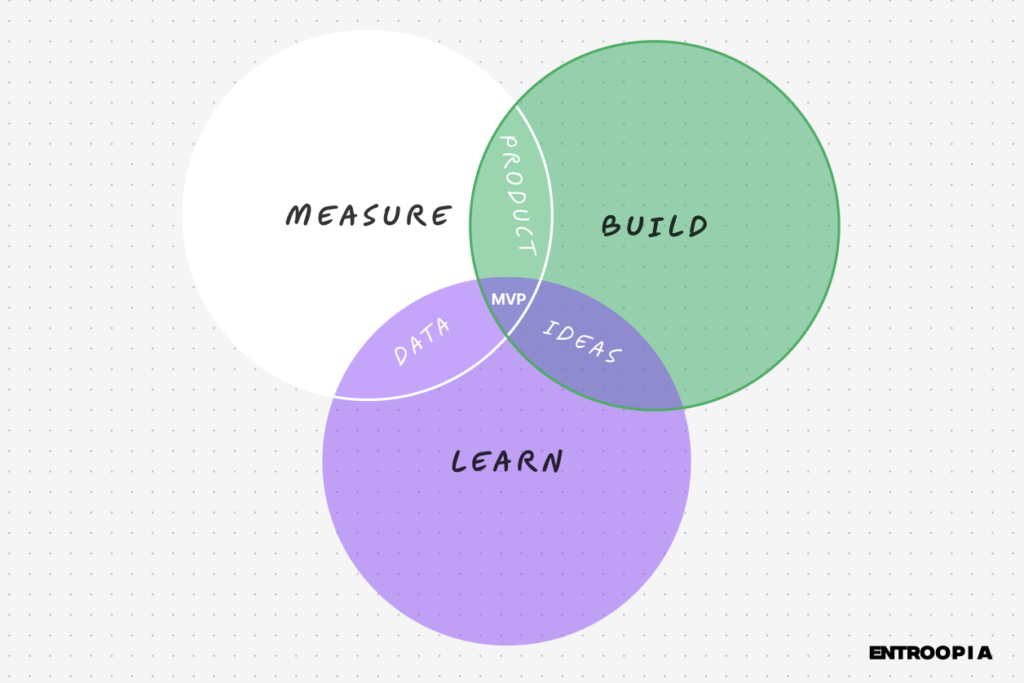
Buying something that has mediocre usage, half-solves a problem and doesn’t have a very strong feature set seems like a medieval torture chair for potential customers. Which is why products are becoming more and more complicated when first launched to address a bundle of surface problems. The validation of the problem, a solution and the product happens in an exact order.
Starting with an MVP without doing the due diligence is like moving in with someone you just met last week. Suddenly you’re stuck with habits of a person you’ve had no chance to get to know. Unaware of their basic needs and recurring problems.
Like trying to sell a product to a market without having done the validation stack. The amount of labour that goes into moving the product on the market is intense. Yet the chance of an unvalidated MVP scaling is low. Which is why the validation needs to be done like a good courting process. Date nights, family meetups, the first trip together. Putting all sorts of pressure on the relationship to find out whether the match is good.
The MVP is like going steady — you stop seeing other people, become emotionally dedicated to making a relationship happen, but allow space for doubt. Ambivalence is the strongest emotion a person experiences in such a state. It’s necessary for a founder to also stay ambivalent about their MVP. It’s not too late to back down and iterate. There’s no space for loyalty, because future is on the line. Lying to yourself here is trading short term comfort for future struggles.
The early adoption mouse-trap
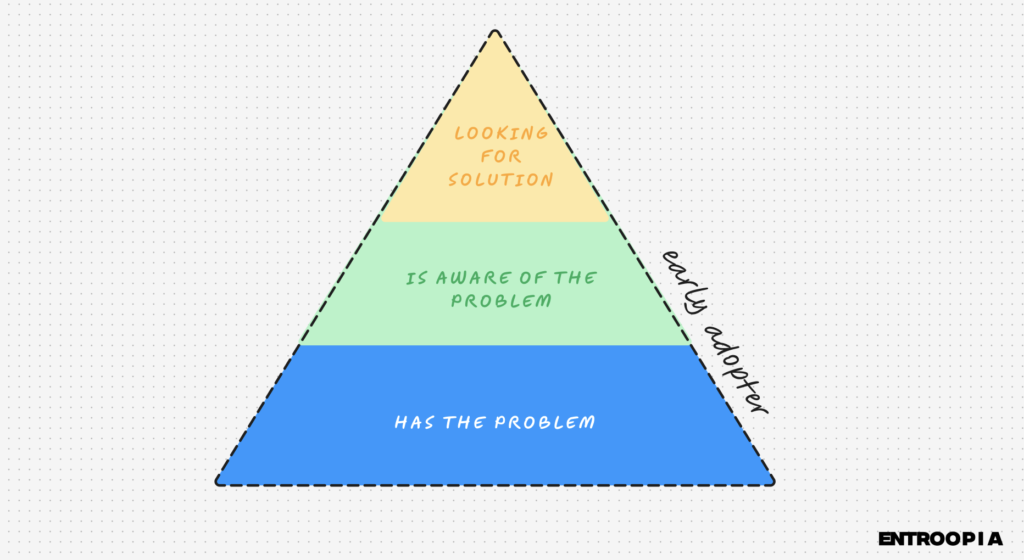
Nothing sucks more than having a product-market fit with early adopters, but not achieving it on a scalable market. It usually means unquantifiable amount of capital already spent in getting the company to a stage of scaling motions.
An early adopter is open-minded — willing to try everything once, extremely enthusiastic and happy to become a pioneer in using new products. However, early adopters make a small percentage of the overall market. They tend to run out quickly, which stagnates company growth and states the fact of a missing mature product-market fit. The more niche the product, the quicker they run out.
Not niching down early is like keeping three girlfriends in rotation and hoping none of the find out about each other. Resulting in mixed names, stories and lack of depth. Polygamy is not for the early-stage relationships. No product will be so innovational that it shouldn’t be niched down on their market segmenting.
It’s easy to convince yourself that the rest of the market will meet you with the same level of enthusiasm as the early adopters have.
Strategy is about making choices about what to do, but even more about what not to do. Spraying and praying is a sign that the early validation steps were skipped because if the founder understood their market, they would know how to aim on it. Focused movements give results — either positive or negative, but results to make the next choices in order to move forward.
References
https://www.lennysnewsletter.com/p/time-to-product-market-fit
https://a16z.com/where-to-go-after-product-market-fit-an-interview-with-marc-andreessen/

